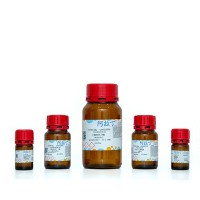Identification of Staphylococcus epidermidis in the Clinical Microbiology Laboratory by Molecular Methods
互联网
互联网
相关产品推荐

Recombinant-Hordeum-vulgare-High-molecular-mass-early-light-inducible-protein-HV58-chloroplasticHigh molecular mass early light-inducible protein HV58, chloroplastic; ELIP
¥10556

HB Western blotting Principles and Methods
¥223

Pyruvic-1-¹³C 酸,99124-30-8,API for Clinical Studies, ≥99 atom% ¹³C,阿拉丁
¥34800.90

///蛋白Recombinant Triticum aestivum Glutenin, high molecular weight subunit PC237重组蛋白Glutenin; high molecular weight subunit PC237; Fragment蛋白
¥2328

///蛋白Recombinant Triticum aestivum Glutenin, low molecular weight subunit 1D1重组蛋白Glutenin; low molecular weight subunit 1D1蛋白
¥2328
相关问答

